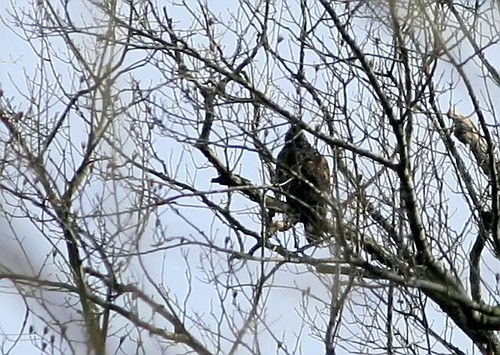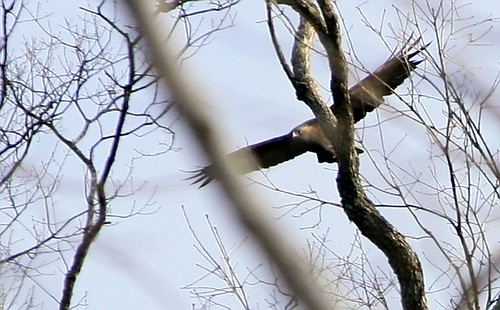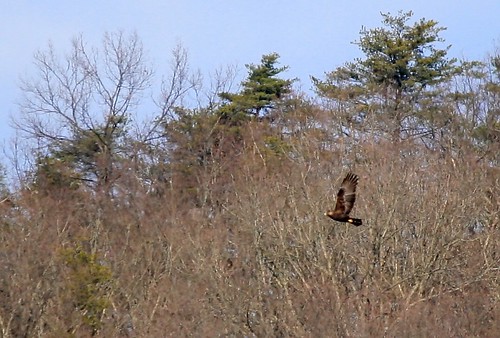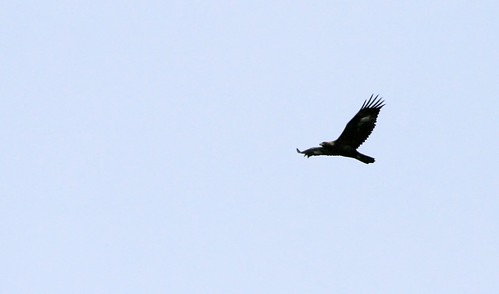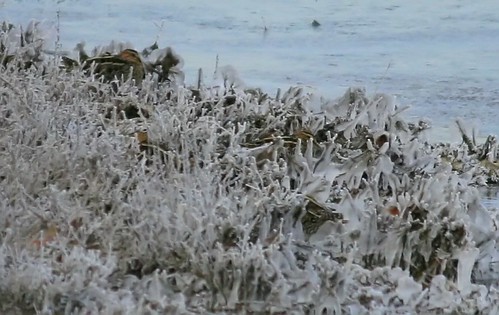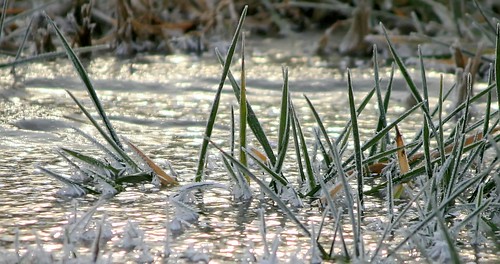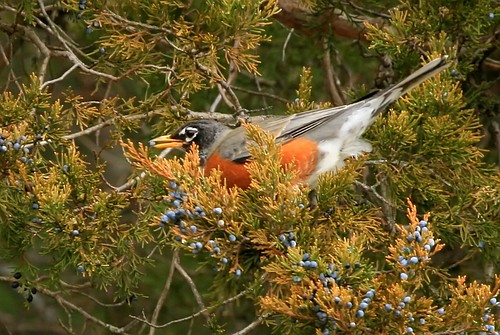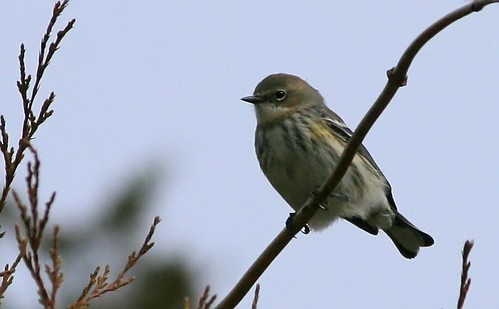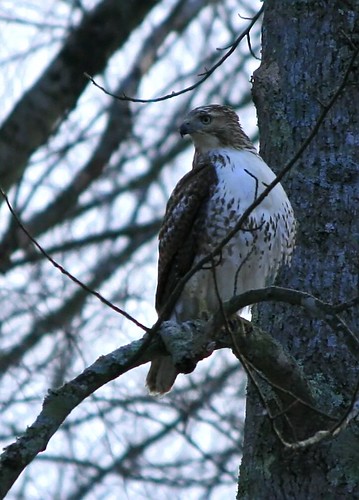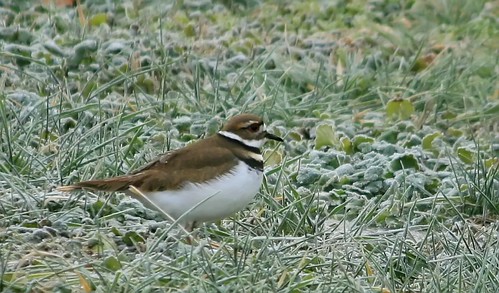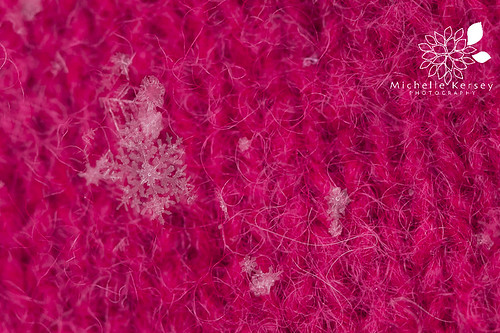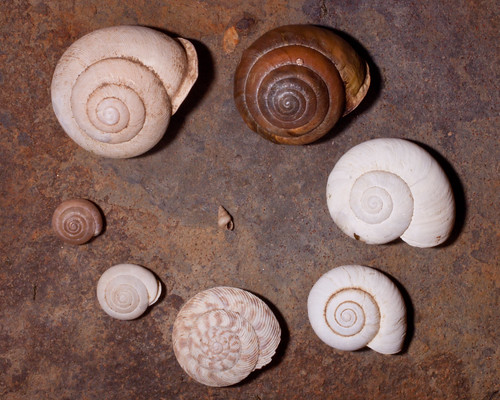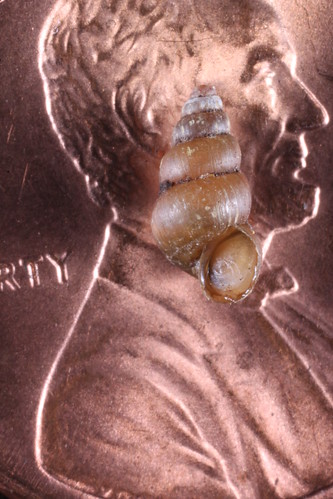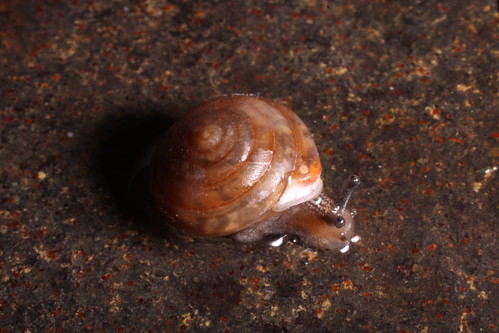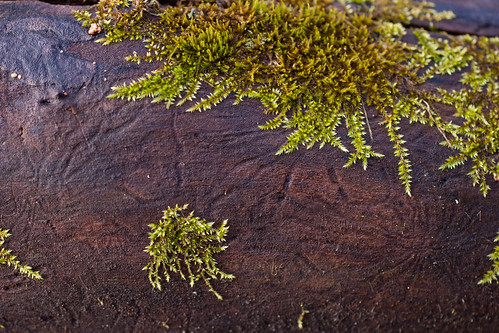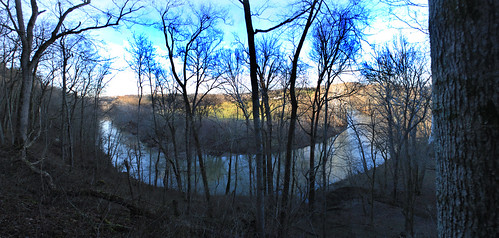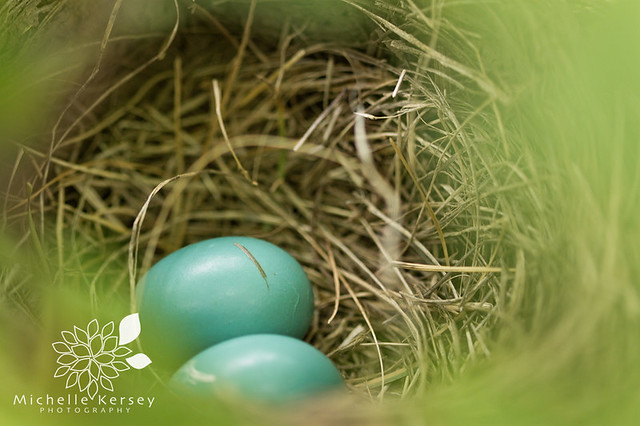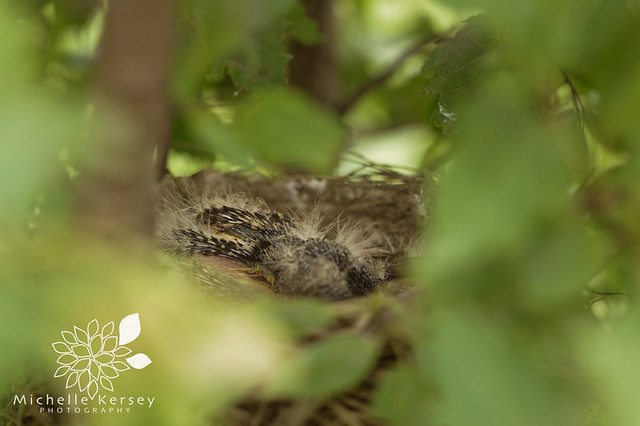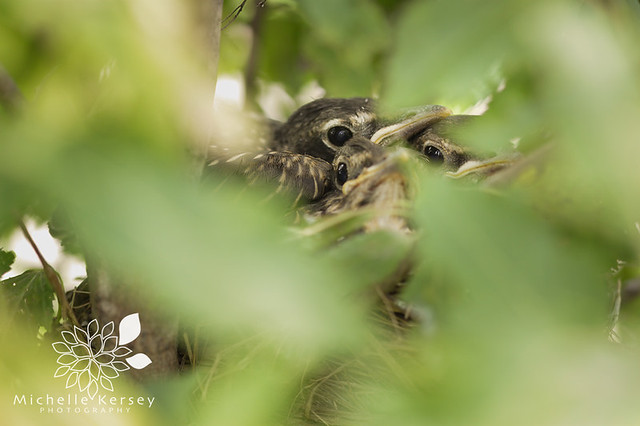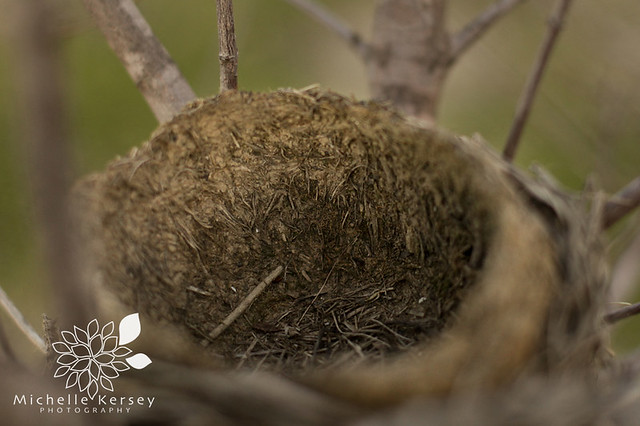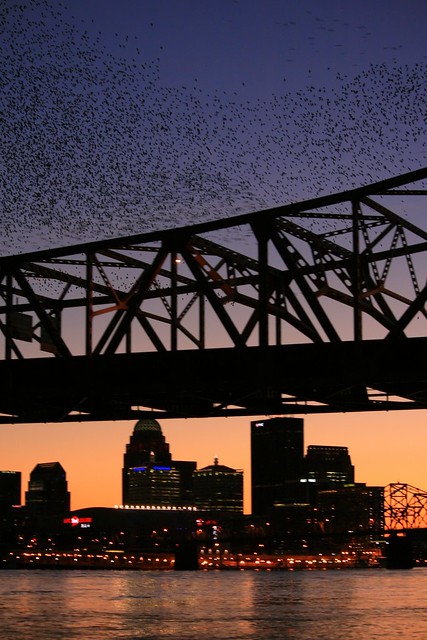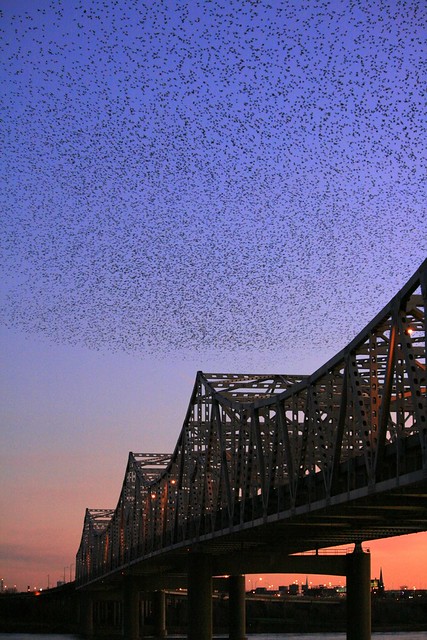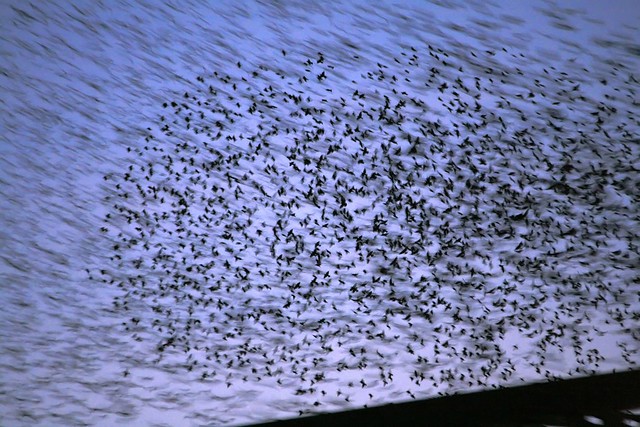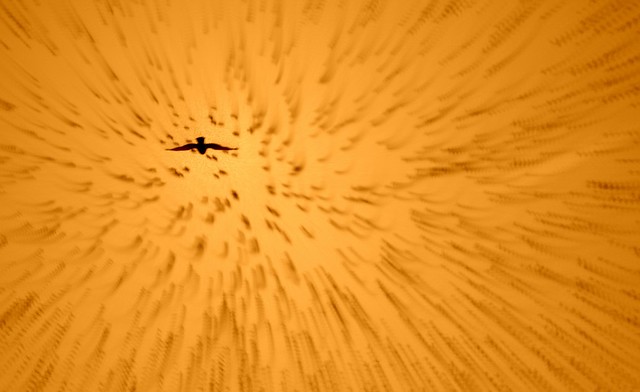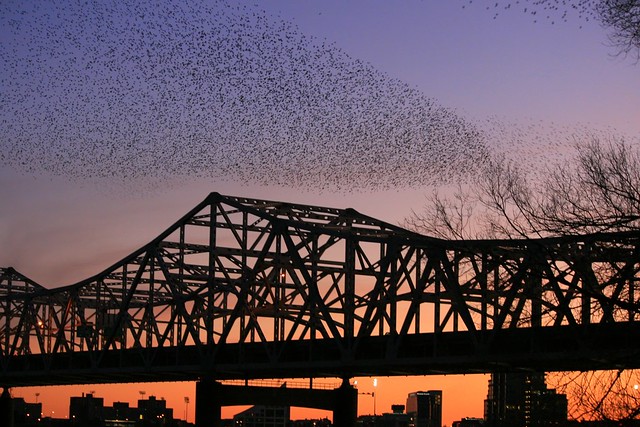As some of you may know, at about this time every year I answer questions Mr. Kepler's third grade class at the
dePaul School have as they start learning about birds and their adaptations. I used to answer their
questions on my old blog the
Landfill Bird Blog, and will be keeping the tradition alive here at Louisville Naturally. His classes are always very bright and full of great questions and I'm sure this year will be no different. Let's get started!
Q: What are some of the rarest birds you've seen?
A: The rarest bird I have ever seen would have to be the Whooping Crane. Whooping Cranes are the tallest birds we have in North America, standing at 5 feet tall and with a wingspan of 7.5 feet! The reason they are so rare is because they were hunted for their feathers and their habitats were destroyed in the 19th and 20th centuries. The number of birds dwindled down to 15 birds in the 1940's and have slowly come back since winning protection in 1967. Today there are around 400 Whooping Cranes in the wild, which makes them one of the rarest birds in North America. Below you can see a picture I took of a Whooping Crane in Brownstown, IN in 2009.
Q: What is the most deadliest bird you’ve seen?
A: That's a tough one. Most birds as you know are not deadly, at least in the way a poisonous spider or snake would be. Very few could ever pose a risk to people, so it depends on what you are. If you are a fish, the
Osprey would probably be the deadliest bird to you. If you are a rabbit, the deadliest bird would be a
Red-tailed Hawk. If you were a grasshopper, the deadliest bird to you would be an
American Kestrel. If you were a worm, the
American Robin would cause you nightmares. And if you were a sunflower seed, the
Northern Cardinal would strike fear into your heart!
Q: What is the coolest bird you’ve seen?
A: I usually say every bird is my favorite bird, but I guess if I had to pick one, it would be the Ruby-throated Hummingbird. Hummingbirds are fascinating because of their toughness, especially for their small size. Ruby-throated Hummingbirds are only here in Kentucky in the summer. So every spring they fly across the Gulf of Mexico, a non-stop flight of over 500 miles, and they only weigh 3 grams! Hummingbirds favor red flowers that provide nectar that fuels their high speed flight. Nectar is basically just sugar, so if YOU were a hummingbird, your parents would never yell at you for eating too much sugar, instead they would encourage it! They have long beaks and tongues they use to lap up the nectar out of deep, tubular flowers.
Q: What do you do at your job at the landfill?
A: For those of you who may not know, I work at the landfill as a bird biologist. For more on just exactly what that means you can visit my
old blog to find out more.
Q: How many different birds have come to the landfill?
A: A total of 155 different species of birds have been found at the landfill and I am always adding more.
These were some great questions guys and gals. I'm sure you'll have more and I am looking forward to speaking to your class about birds and bird adaptations!



 8:19 PM
8:19 PM


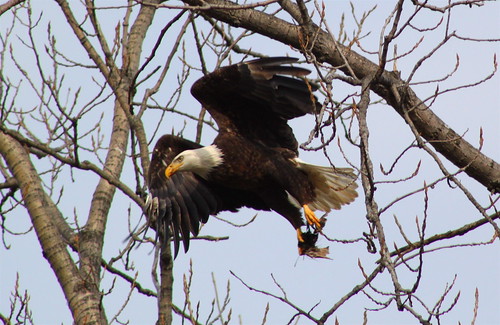
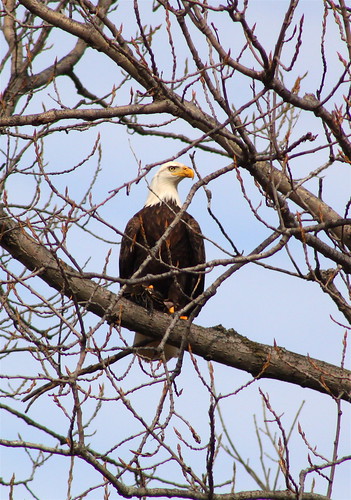
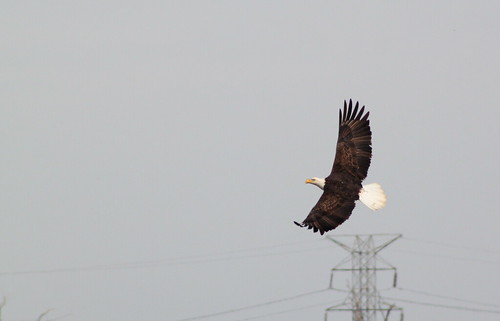
 Posted in:
Posted in: 
